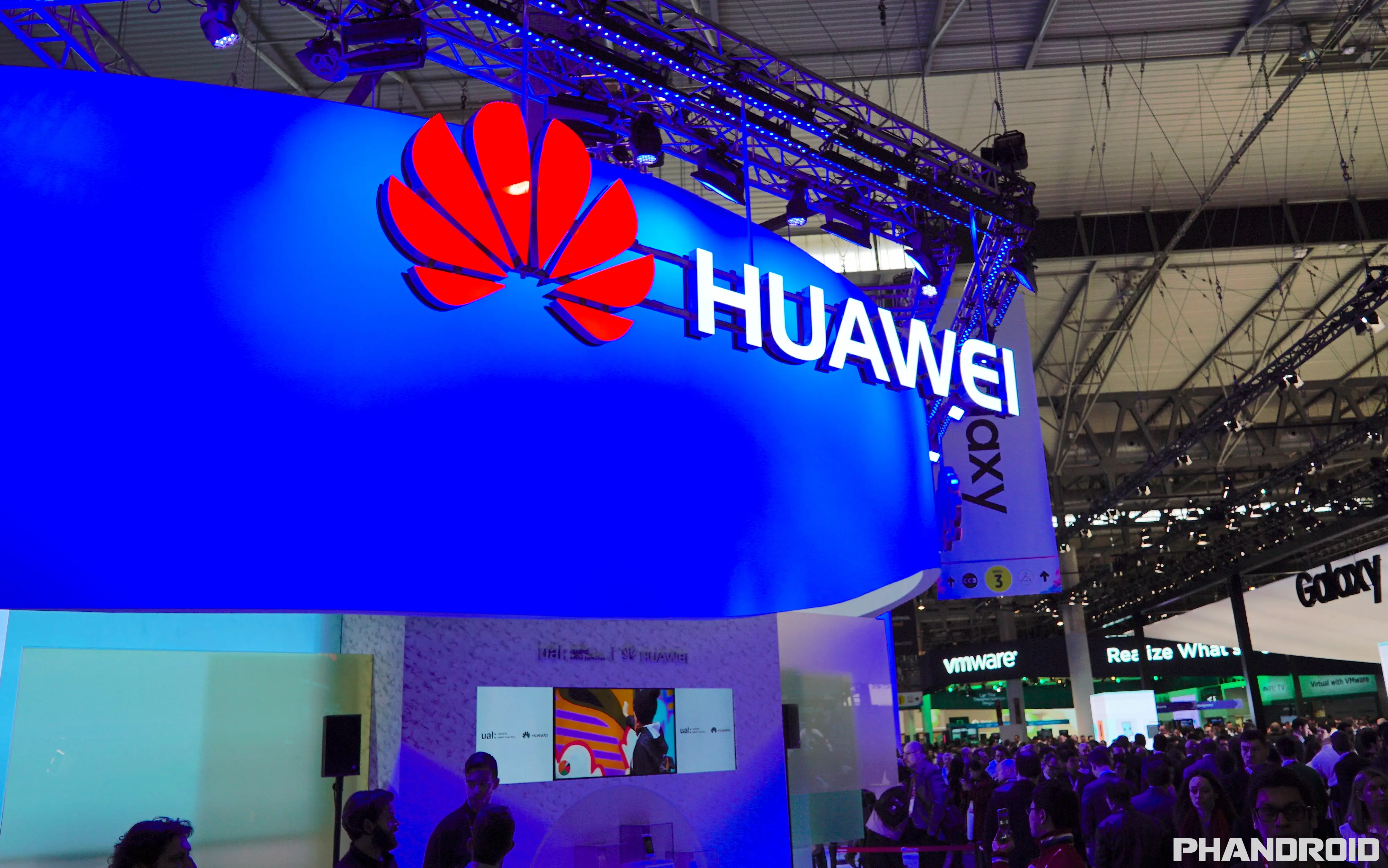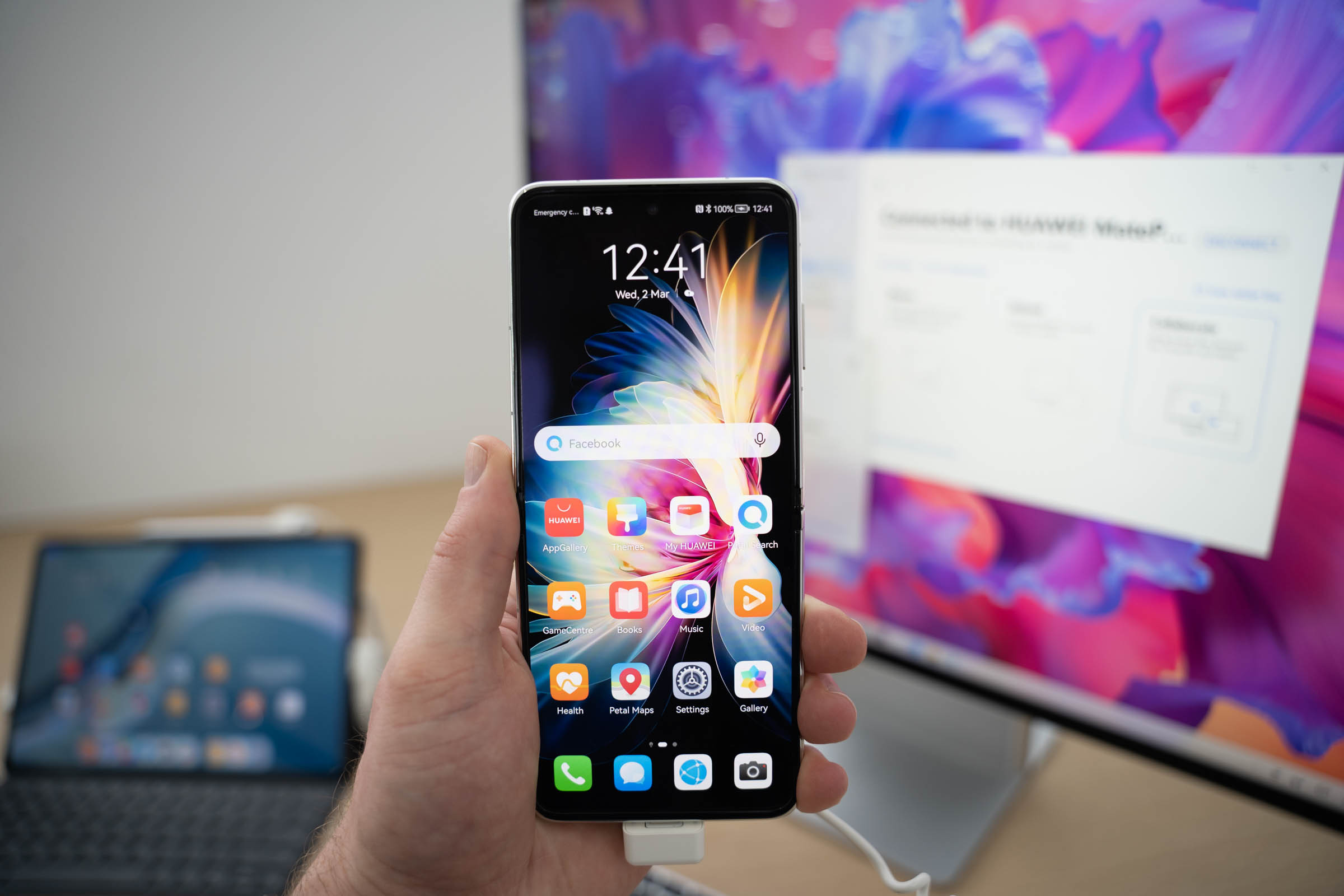
Those who absolutely detest Huawei will not be happy to learn that the Chinese player has achieved another success after the release of the hit Mate 60 Pro which sold like hotcakes in its homeland (a research company claimed that Huawei sold 1.6 million of the Mate 60 Pro in just six weeks).
After years of US sanctions and problems, now Huawei's Kirin is among the top five global chipmakers (via Gizmochina).
According to a Q3 2023 report by Counterpoint Research, chip maker Hisilicon (owned by Huawei) now holds fifth place with a 3% share of the chipset market globally. Of course, that's on the 2023 Mate 60 series that packed the 5G-enabled Kirin 9000s chip and sold like crazy.
More devices like the Mate X5 foldable phone and MatePad Pro 13.2 tablet have also received positive feedback from users in China, laying the ground for 2024 and the mid-range Nova 12 series, which will also pack Kirin processors.
The other players
Qualcomm. That's the chipmaker company you've been expecting to see as "numero uno", and they retain their dominance with a 40% market share. Apple follows behind in second place with a 31% share, driven by the iPhone 15 series. The bronze is reserved for MediaTek with a 15% share, and Samsung is fourth with a 7% market share. After Huawei, Unisoc comes in at sixth position with a 2% market share and Google's Tensor SoC has also secured a 1% market share while ranking seventh on the list.

While Huawei's presence in the west might have somewhat diminished in the past few years, the Chinese tech giant has nevertheless remained consistent in its global product launches. Case in point, the company recently teased an upcoming product launch for December 12, 2023, which should give Huawei fans and loyalists something to look forward to this Christmas season.
Based on a post shared on the company's social media page, it looks like Huawei will soon be launching a global variant of the MatePad Pro 13.2, a tablet which at the moment is exclusive for Chinese markets. The device comes with specs such as a 13.2-inch OLED display with a 144Hz refresh rate, a custom Kirin SoC, and a sleek metallic build.
For software, the China variant of the MatePad Pro 13.2 comes with Harmony OS, Huawei's very own take on a custom Android skin. At the moment, Huawei hasn't revealed anything about the device's price and regional availability for example, but we're bound to know more on December 12.
The MatePad Pro 13.2 joins the likes of other Huawei devices such as the Watch GT 4, which made its debut this year.

Ever since the US government banned Huawei from doing business with US companies, the company has been trying to find ways to survive. One of those ways included developing their own mobile operating system called HarmonyOS.
The company has since been working on newer versions, such as HarmonyOS Next, which was revealed earlier this year in the summer. Now according to Huawei's Richard Yu, HarmonyOS Next is close to release which is good news, but there is one thing users should note and that is the update will drop support for Android apps.
Prior to this, users who had Huawei phones with HarmonyOS could still download and run Android apps (just not Google's apps), but with HarmonyOS Next, the company is dropping Android libraries support. We kind of get what Huawei is trying to do, which is create their own mobile OS that can stand on its own two feet.
The problem with this move is that by removing Android app support, there might be users who will find it difficult to use their Huawei phones since some of their favorite apps may no longer be available, or a HarmonyOS version hasn't been created yet. This could create issues for the platform's viability as we have seen in the past with other mobile operating systems like Windows Phone.
Without a robust ecosystem, users won't want to adopt it, and developers won't want to develop for it since there aren't that many people using it - it's a vicious cycle. Maybe Huawei's branding and user base is large enough where this won't pose a problem.

Late last month, Huawei made a surprise announcement when they took the wraps off their brand new Mate 60 Pro smartphone. Why was this announcement surprising? It was surprising because the phone contains a brand new 7nm chipset that came with 5G technology that was manufactured by China's SMIC.
Now according to a statement put out by U.S. Commerce Secretary Gina Raimondo, it seems that Huawei's claims might have been a bit exaggerated. Raimondo was quoted as saying, "We don't have any evidence that they can manufacture seven-nanometer (chips) at scale."
This doesn't mean that they don't believe that Huawei and SMIC could have developed this chip. It's more like if such a breakthrough chipset were developed, the US government doesn't think that Huawei or SMIC has the capability to manufacture the chipset at scale, at least not enough for it to be particularly significant.
This is an important distinction because new technology is being developed all the time. Battery tech is a good example, where over the years we've seen a multitude of new battery technology that is supposed to be the answer to our lithium-ion problems. The only problem is that while the tech exists, producing it on a large scale for it to be commercialized is a different story.
While 5G phones aren't new, but the main reason why we haven't seen the tech in Huawei's phones is due to the ongoing export ban against Huawei, where the Chinese company is not allowed to do business with US based companies. They are also not allowed to use components that might contain US intellectual properties.
To that end, the Commerce Department says that they are working on obtaining more information about the chipset and whether it might have violated trade restrictions. Other departments within the US government have also urged the Commerce Department to stop granting licenses to both Huawei and SMIC.

Prior to the US sanctions against Huawei, the company was making huge waves and many had predicted that with their success, they had the potential to overthrow the likes of Apple and Samsung, but obviously those plans fell through.
But now according to a report from IT Home, they claim that Huawei is now poised to make a global comeback and has "comprehensive plans" to do so, and this is largely thanks to the successful development of the Kirin 9000S chipset which was apparently made without violating the sanctions against them.
For those unfamiliar, the sanctions placed against Huawei effectively prevented them from working with US companies and companies that relied on US technology and patents. This meant that a lot of Huawei's plans, especially for 5G, could not be realized until the arrival of the Kirin 9000S, Huawei's first 5G chipset that was manufactured by China's own SMIC.
The chipset made its debut in the recently-announced Mate 60 series of phones, and while it might seem like it's "lagging" behind the competition in terms of its fabrication, it's a good start. The report claims that the Mate 60 Pro will not be debuting globally, but future handsets might. So, if you've been a fan of Huawei's hardware, this could be something to look forward to.
© 2023 YouMobile Inc. All rights reserved





